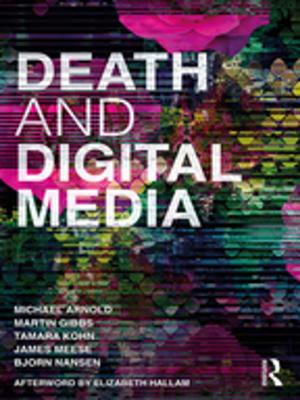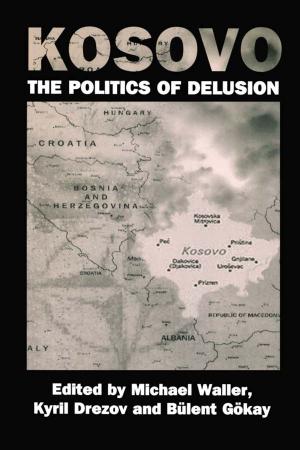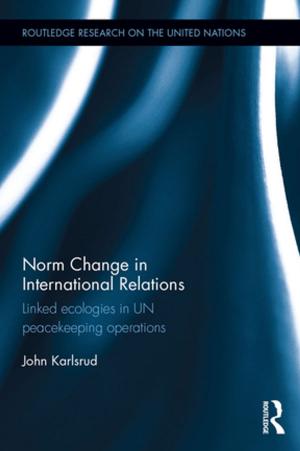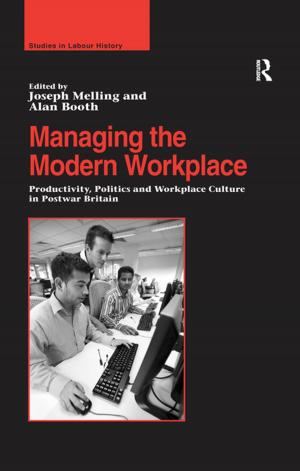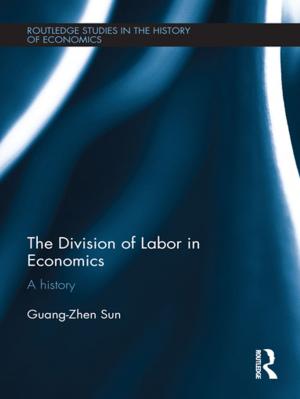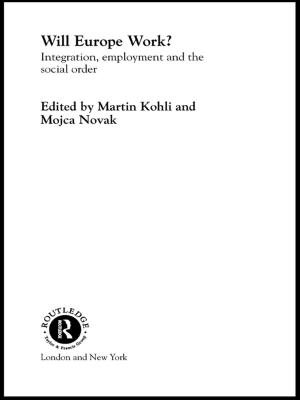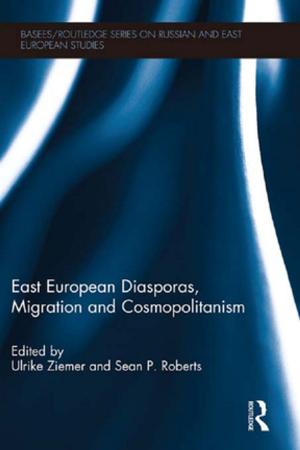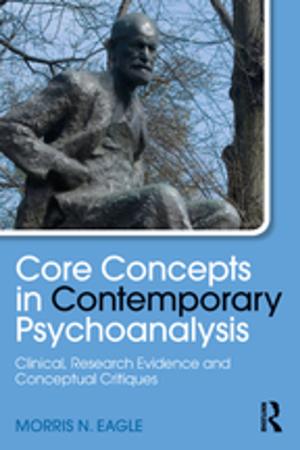Language, Symbols, and the Media
Communication in the Aftermath of the World Trade Center Attack
Nonfiction, Social & Cultural Studies, Social Science, Sociology| Author: | Robert E., Jr. Denton | ISBN: | 9781351509763 |
| Publisher: | Taylor and Francis | Publication: | July 12, 2017 |
| Imprint: | Routledge | Language: | English |
| Author: | Robert E., Jr. Denton |
| ISBN: | 9781351509763 |
| Publisher: | Taylor and Francis |
| Publication: | July 12, 2017 |
| Imprint: | Routledge |
| Language: | English |
The terrorist attacks of September 11, 2001 created a new political landscape and a new era of warfare. Language, Symbols, and the Media, now in paperback, offers insights into the impact and influence of 9/11 upon our cultural, social, and political life. The book opens with an introductory chapter on communications, media language, and visual symbolism in the immediate wake of the attacks. The second chapter considers the challenge to religious pluralism, analyzing the grounds for the immediate backlash against Islam. Chapter 3 reviews several crucial historical and contemporary Supreme Court rulings relevant to the limitations of free speech in times of war and national crises. The consideration of First Amendment rights is continued in chapter 4, which places the Patriot Act in historical context by comparing the legislation and its interpretation of it to other legislation passed in response to past American crises. The immediate aftermath of the attacks witnessed many calls for an end to "the age of irony" and a return to "traditional values." Chapter 5 considers some contrarian responses and analyzes the impact of irony as a rhetorical device in American culture. The unifying role of sport in the post-9/11 healing process in America is examined in chapter 6. Chapter 7 examines the reactions and responses of young adults to the events of 9/11 one year later. Chapter 8 demonstrates how politicians received a public "makeover" of their careers. Chapter 9 explores the impact of 9/11 on the rhetoric of advertising, while chapter 10 focuses more closely on how it affected the tourism industry. A concluding chapter examines several instances of media self-censorship and its implications for the policymaking process during times of crisis. This volume will be of interest to cultural studies specialists, sociologists, journalists, political scientists, historians, as well as general readers.
The terrorist attacks of September 11, 2001 created a new political landscape and a new era of warfare. Language, Symbols, and the Media, now in paperback, offers insights into the impact and influence of 9/11 upon our cultural, social, and political life. The book opens with an introductory chapter on communications, media language, and visual symbolism in the immediate wake of the attacks. The second chapter considers the challenge to religious pluralism, analyzing the grounds for the immediate backlash against Islam. Chapter 3 reviews several crucial historical and contemporary Supreme Court rulings relevant to the limitations of free speech in times of war and national crises. The consideration of First Amendment rights is continued in chapter 4, which places the Patriot Act in historical context by comparing the legislation and its interpretation of it to other legislation passed in response to past American crises. The immediate aftermath of the attacks witnessed many calls for an end to "the age of irony" and a return to "traditional values." Chapter 5 considers some contrarian responses and analyzes the impact of irony as a rhetorical device in American culture. The unifying role of sport in the post-9/11 healing process in America is examined in chapter 6. Chapter 7 examines the reactions and responses of young adults to the events of 9/11 one year later. Chapter 8 demonstrates how politicians received a public "makeover" of their careers. Chapter 9 explores the impact of 9/11 on the rhetoric of advertising, while chapter 10 focuses more closely on how it affected the tourism industry. A concluding chapter examines several instances of media self-censorship and its implications for the policymaking process during times of crisis. This volume will be of interest to cultural studies specialists, sociologists, journalists, political scientists, historians, as well as general readers.


